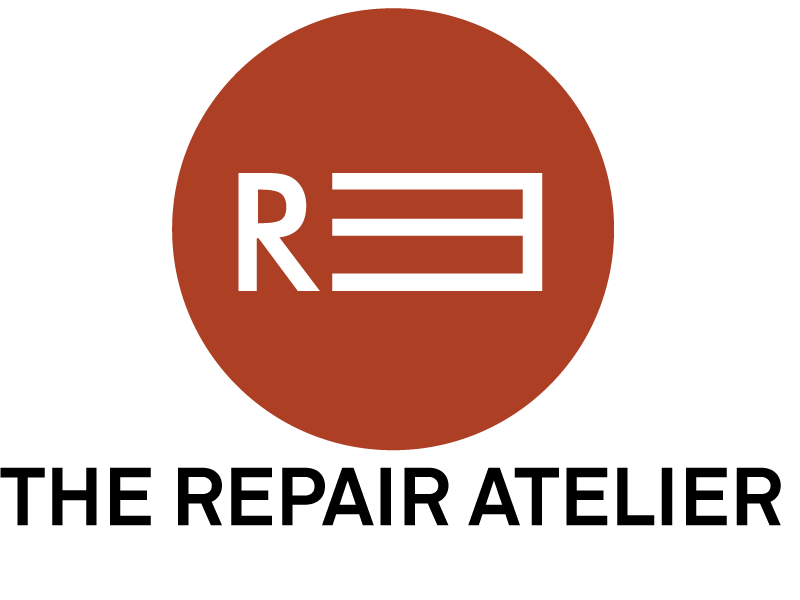On ‘Andoolnííłgo
By Shándíín Brown (Diné)
The Diné Bahane’ (Navajo creation story) tells us that the Holy People (our deities) taught the Navajo people how to weave textiles so that we could provide for ourselves and stay warm. Rooted in strong traditions, Navajos make and use textiles as cloaks, dresses, and blankets. In Navajo culture, we are taught to be resourceful and see the beauty in everything. When a textile is damaged or ripped, we repair it. We repair and mend our textiles over and over to honor the piece, maker, materials, and Holy People. The word, as well as concept, for “repair” in Diné Bizaad (Navajo language) is ‘andoolnííłgo. When I was a young girl, shimá sání (my maternal grandmother) instilled the concept of ‘andoolnííłgo in my being. She taught me how to mend and thus honor the material items we are blessed to have. Moreover, she told me stories about when our people had everything taken away from them during the 1864 Long Walk of the Navajo and years of forced internment at H’weedli (Fort Sumner, New Mexico). During that time our people could not weave and thus did not have their woven cloaks, dresses, and blankets. Many Navajos became gravely ill and froze to death. From these stories I have a deep gratitude for our textiles and the practice of their repair.

